Turkey gravy is not hard to make, but that does not stop some people from feeling very anxious about it. This actually makes sense to me: If you’ve never taken a thin liquid and made it thick, the process is quite mystifying. In reality though, it’s very simple — the key lies in keeping calm.
Remember this ratio
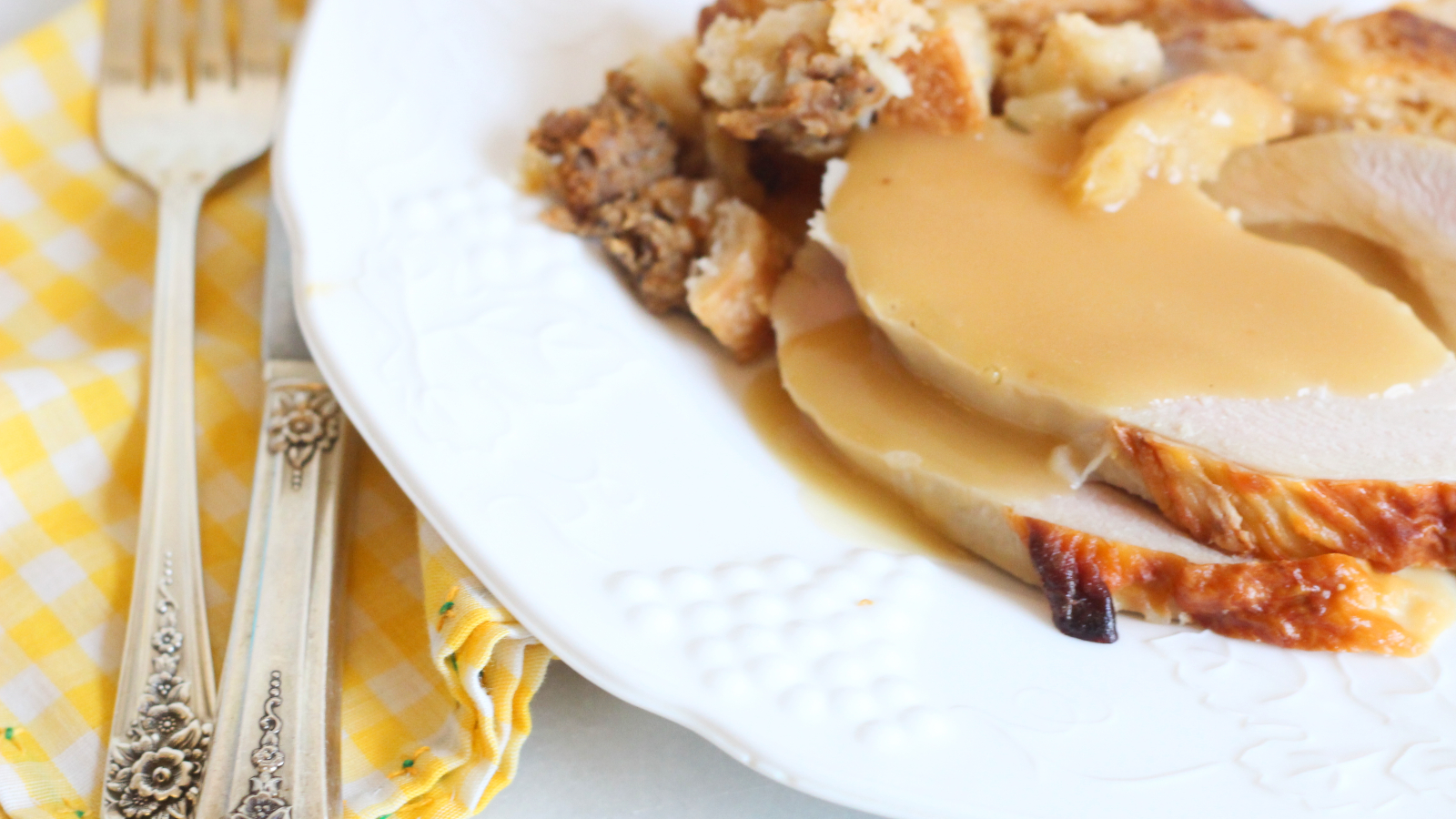
If you learn nothing else here today, remember this: To make a gravy, you need 2 tablespoons fat, 2 tablespoons flour, and 1-2 cups of flavourful stock. (I give a range for the stock because everyone is different when it comes to gravy viscosity; some like it thicker than others.) Cook the flour in the fat until it smells nice and toasty, then whisk your liquid in and cook it until it’s thick. That’s it. You’re done. This ratio, as written, makes enough gravy for two people, but you can scale it up as needed.
Don’t wait for the turkey to finish cooking
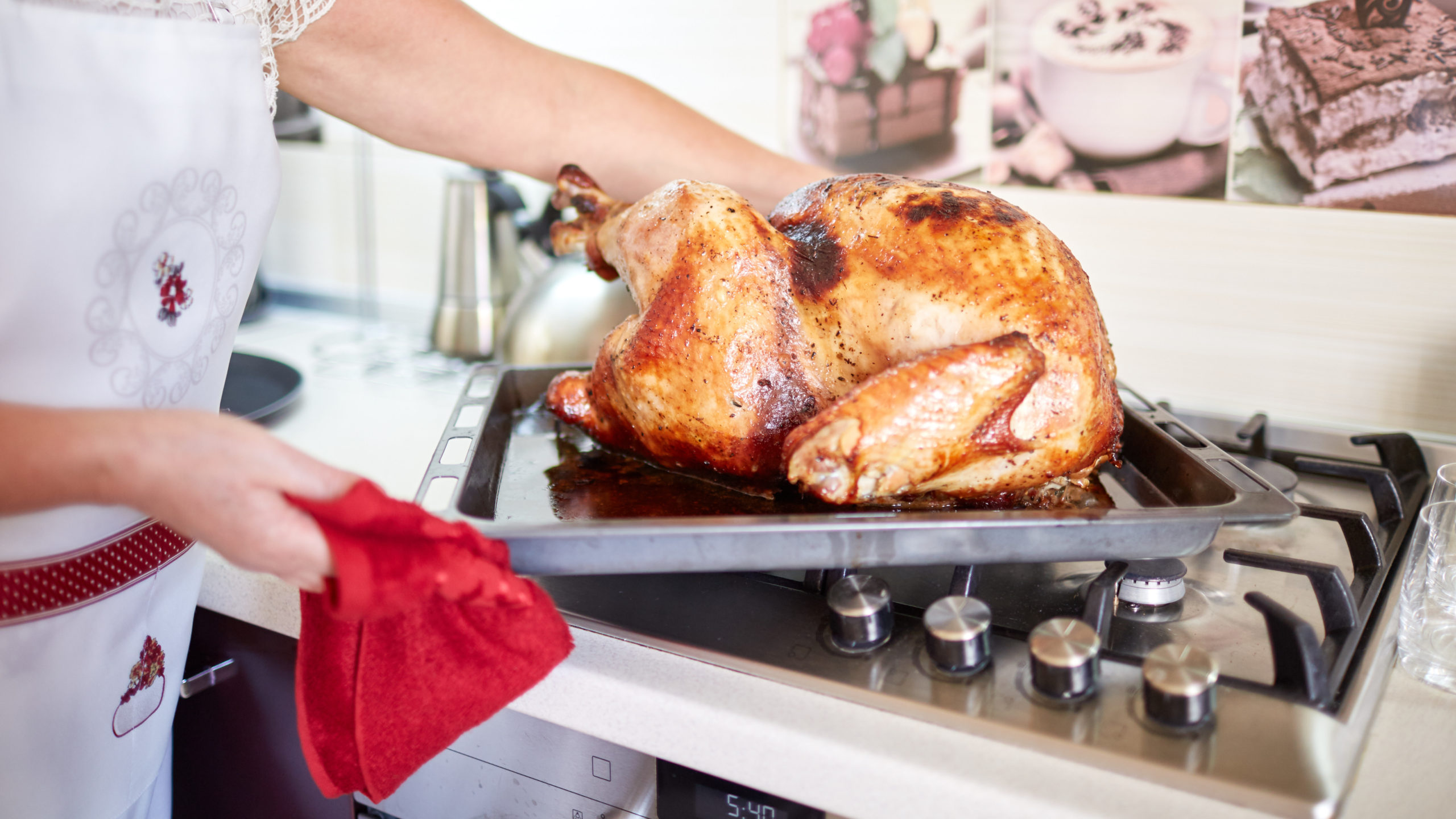
Banish the idea that you have to use the pan drippings from your bird to make your gravy. Gravy is one of those wonderful dishes that can be made days ahead of time, and — honestly — if you are the type of person who panics about gravy, I doubt you are the type of person who wants to whip it up at the last second right before the meal is served. Making it ahead of time, refrigerating or freezing it, then reheating it as the turkey rests is a far more peaceful course of action. (It also gives you the time to make more than one batch if you aren’t happy with your first one — a true gift for gravy babies.)
Get comfortable with a roux
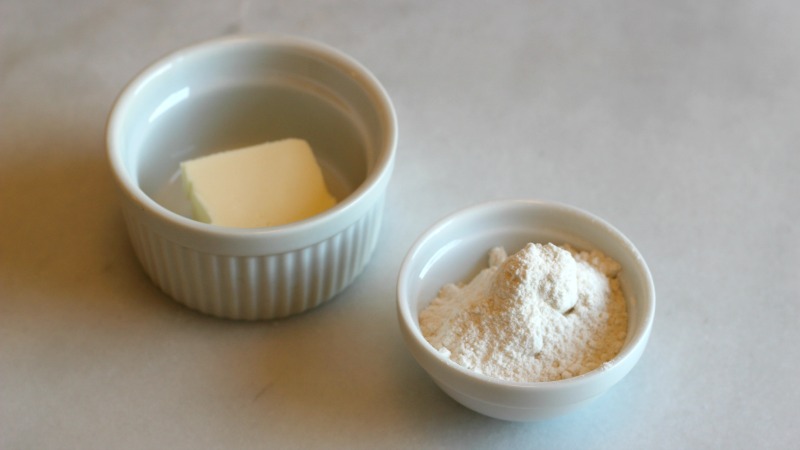
French words can sometimes intimidate fresher home cooks, which makes sense because part of the French aesthetic is being intimidating. Luckily, making a roux — aka flour cooked in fat — is once of the easiest chef-like manoeuvres one can master.
One can get very technical when making a roux (and I have), but you don’t have to. Flour provides the starch (which is what thickens), and the fat coats the flour to make sure it doesn’t clump up when it hits the liquid. Just combine a roughly equal amount of flour and fat in your pan (an equal amount by volume is fine for butter; use mass with other fats), and cook it. If you want a luscious, golden gravy, use butter as your fat and cook the flour until it smells toasty and looks blonde in colour. If you want a darker gravy with a more “roasted” flavour, use oil or lard (butter will burn) and cook your flour until it is a dark chocolate brown.
Keep in mind, however, that the longer you cook your roux, the less thickening power it will have, so make a little more if you’re planning to use a dark roux. For turkey gravy, I usually aim for somewhere between the two extremes, and cook my flour in butter until it is tan in colour with an extremely pleasant, nutty, toasty aroma.
Don’t panic if it’s runny
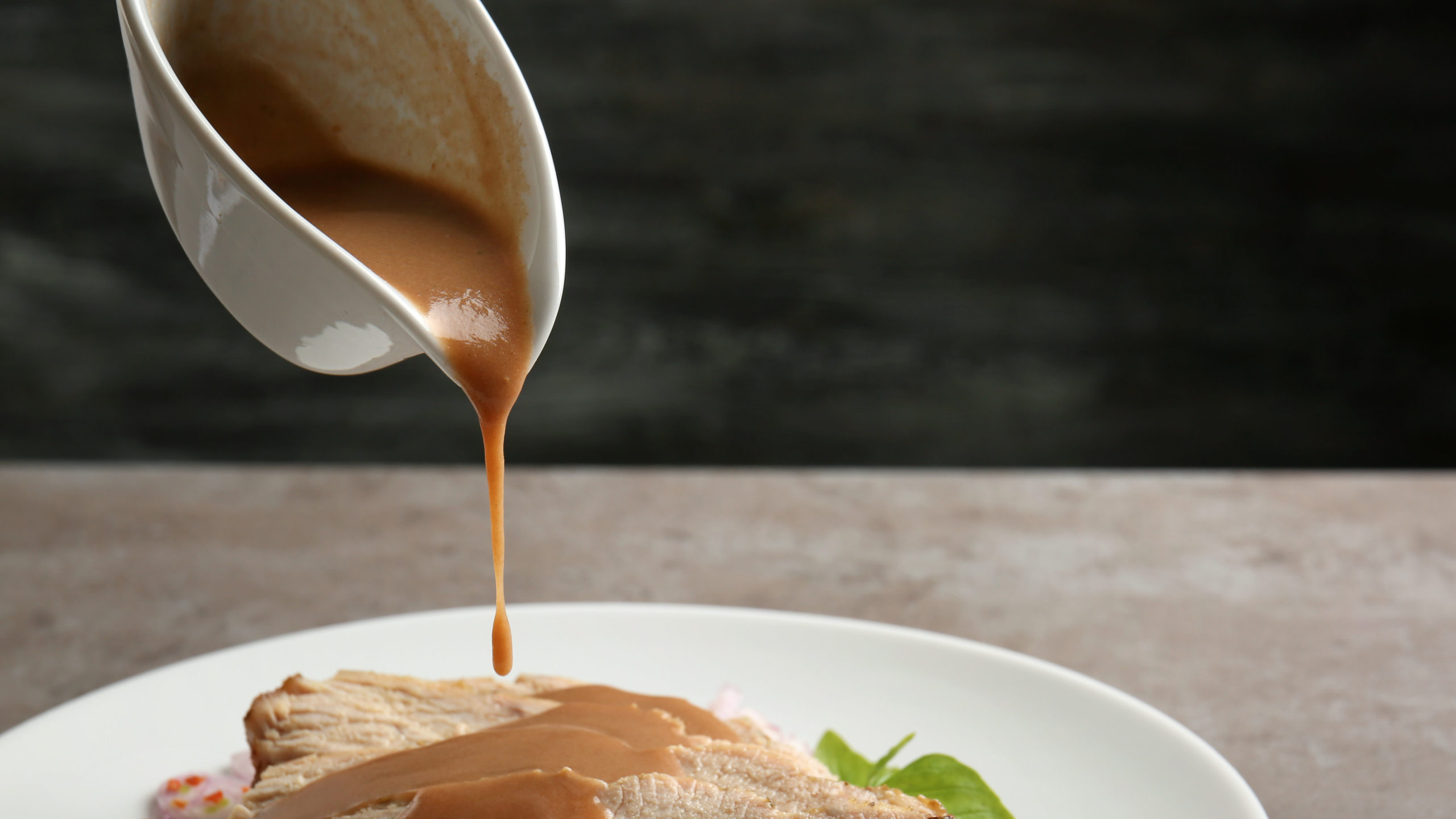
Adding too much liquid to your gravy can turn in tragically runny, but loose gravy is actually very easy to fix. First, keep in mind that gravy thickens as it cools, and your gravy may just be really really hot. You can test this by spooning a little on to a cold plate and seeing how it behaves.
If it still looks runny, remain calm, and make a beurre manie — a thickening paste that’s made by mashing equal parts of butter and flour together. A beurre manie is basically a raw roux — the butter coats the flour, preventing it from clumping in the hot liquid. Once you’ve smashed the two ingredients into a nice, uniform paste, stir in little pinches, letting them dissolve completely, until your gravy is thickened to your desired consistency.
If it’s still not thick enough — or you want to add texture and flavour — you can blend in some burnt onions (or the roasted vegetables from the turkey pan), though keep in mind the results may not be as smooth as they would with a beurre manie, depending on the power of your blender.
Don’t panic if it’s too thick
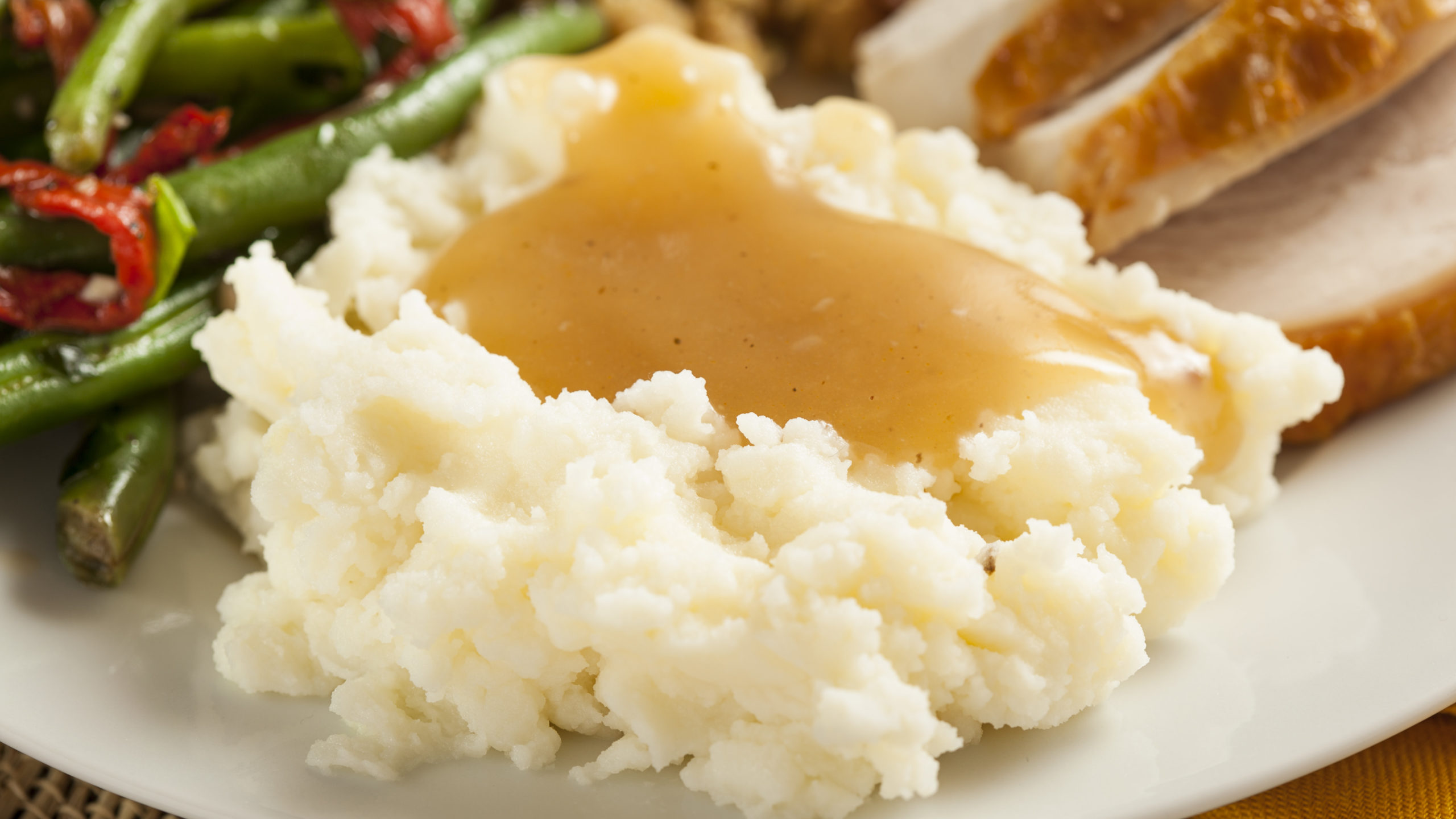
If your gravy is too thick, simply add liquid. That liquid could be stock, or it could be a white wine reduction, miso soup (instant made in the microwave works just fine), or even something wild like pomegranate juice. Add the liquid slowly — no more than a quarter cup at a time — and spoon a little on a cold plate to see how it thickens when it cools before you add more.
Don’t panic if it’s bland
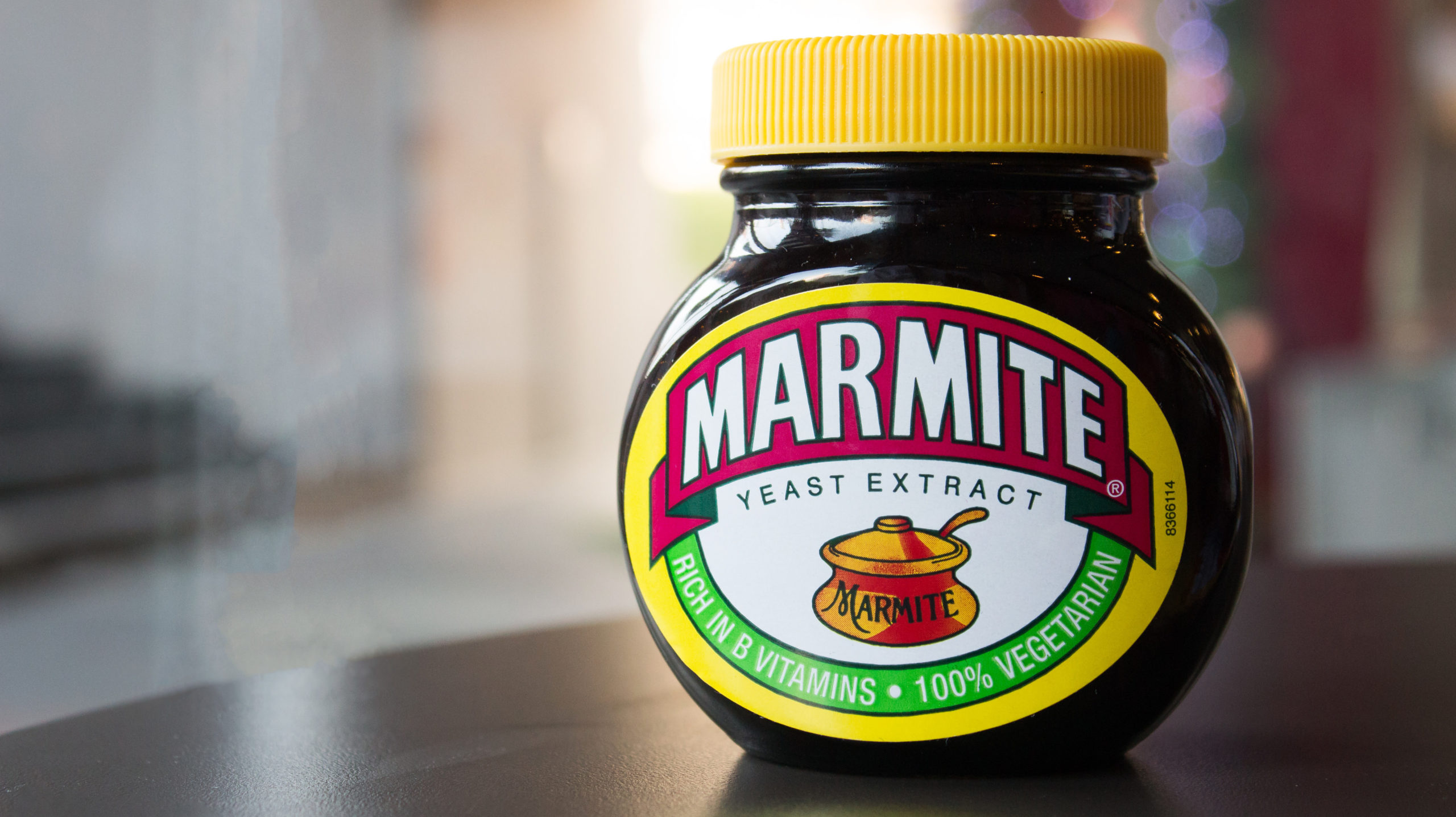
Purists will say that the best gravy starts with stock that’s been lovingly simmered and fussed over for hours, but flavour is something you can impart to your gravy at the very end. There are so many options.
In addition to the aforementioned burnt onions (which also thicken), you can add soy sauce, Worcestershire sauce, a tiny spoonful Marmite (for deep, dark umami), nutritional yeast (for an almost cheesy savouriness), or — my personal favourite — turkey base, a concentrated flavour paste that tastes exactly like the turkey gravy you’re imagining with your mind’s tongue.
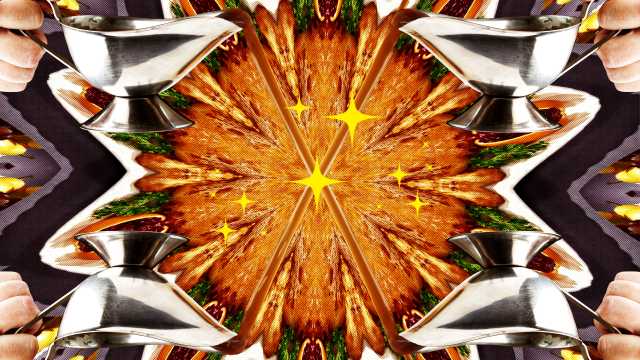
Leave a Reply
You must be logged in to post a comment.